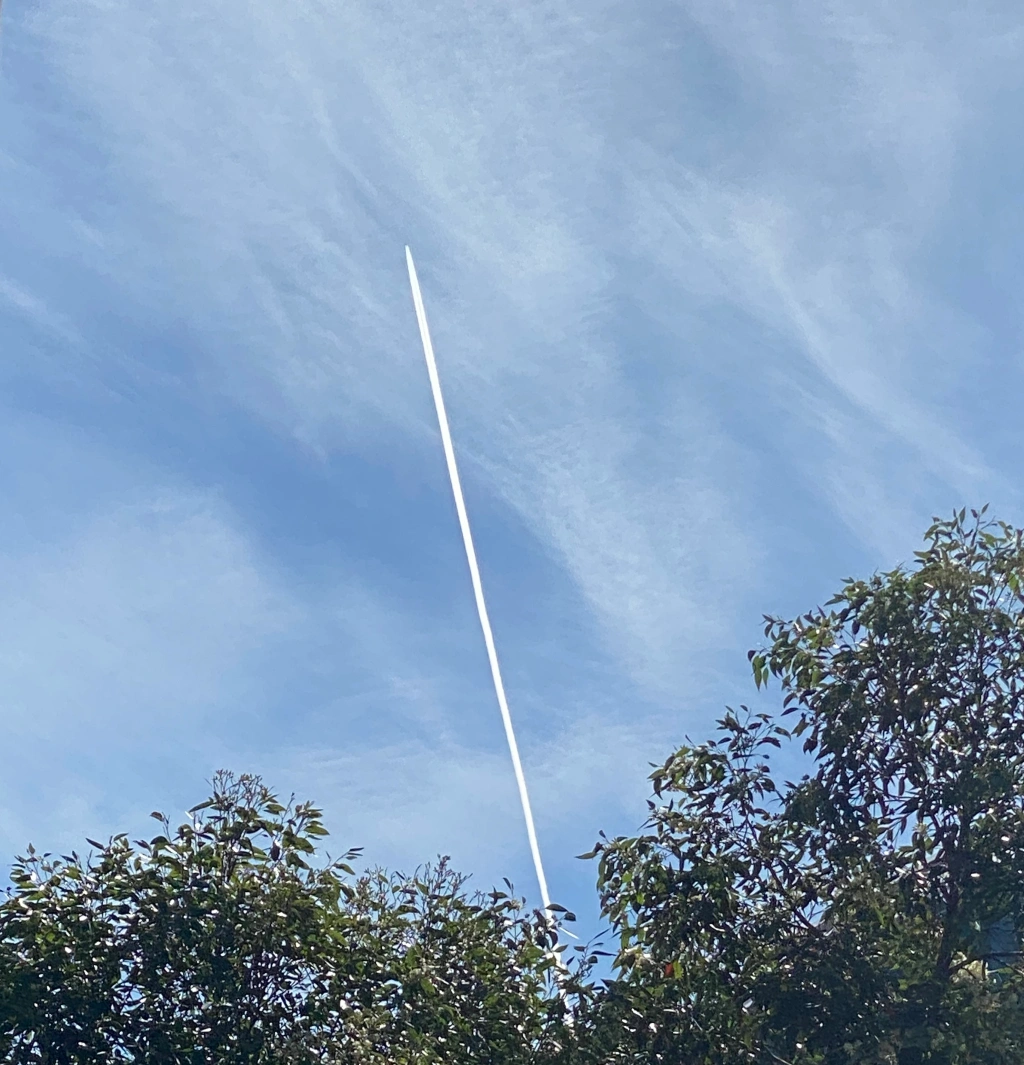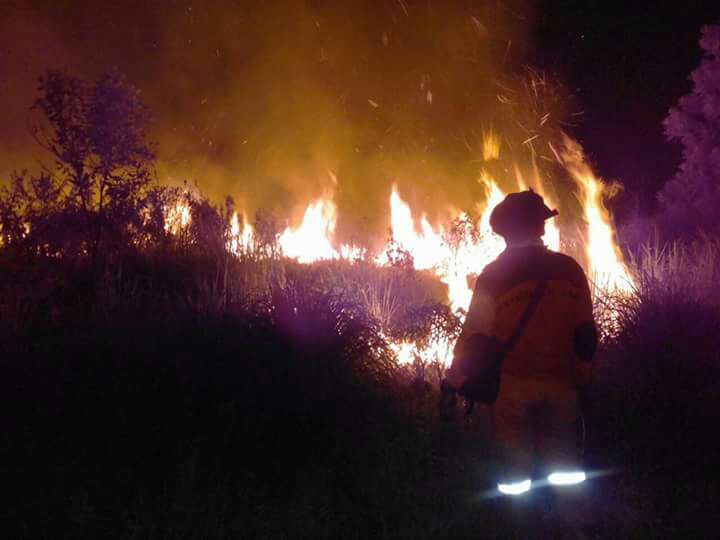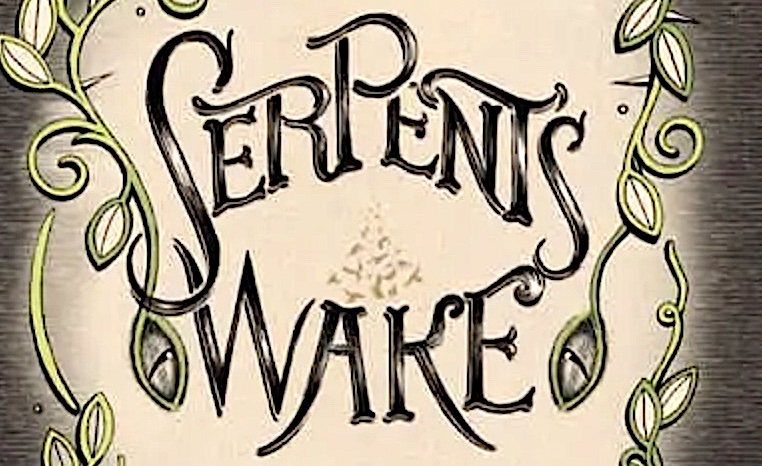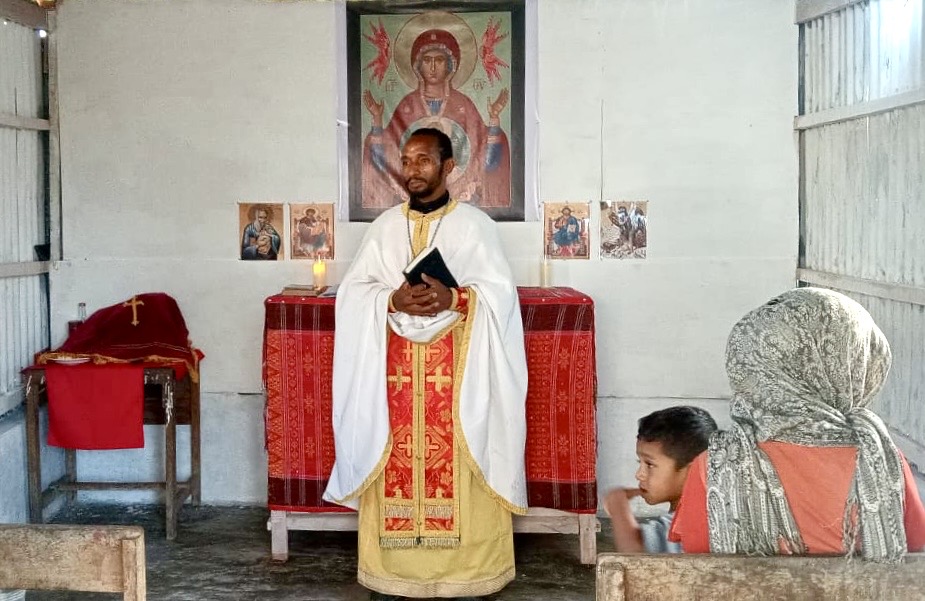
https://web.archive.org/web/20161014023730/http://www.panoramio.com/photo/28511799
Author Haluk Comertel Used under Creative Commons licence, Attribution 3.0 Unported
A Facebook Post
Several days ago I noticed a Facebook post from a friend, Artemis Papathanassiou, whom I’ve met through my work as Secretary of the International Organising Committee – Australia – for the Restitution of the Parthenon Marbles.We first met at the Commemorative event organised by the British Committee for the Reunification of the Parthenon Marbles, in London, 2016. This event marked 200 years since the British Government purchased the Parthenon Marbles from Lord Elgin, the British diplomat whose team removed them from the Parthenon.
When I saw Artemis’ post on Facebook it captured my attention immediately because it dealt with a major world heritage problem that has emerged recently, that of the insistence by Turkey’s Erdogan Government on Hagia Sophia (Saint Sophia), and the Hora Museum, otherwise know as Saint Savior, becoming mosques.
Artemis wrote:
A dedicated Decision was adopted yesterday by the World Heritage Committee against the conversion of Hagia Sophia and Hora Museums into mosques. The respective state should, at least this time, conform to its international conventional obligations!!
The state she referred to was Turkey. In addition she offered links to a newspape articles in Greek
Χαστούκι» UNESCO σε Τουρκία για την Αγία Σοφία: Το σκεπτικό της απόφασης
and two in English
Gulf News, and
Why I am concerned about this
I am concerned about this for two reasons that I will now explain.
I first visited Saint Sophia, and Saint Savior at Chora, in 2000.


At that time I was about to become an Orthodox Christian. I had already made a decision and was expecting to be baptised later in the year. Certainly, visiting both Saint Sophia and the former monastery church Saint Savior, at Chora in Istanbul, allowed my to understand the ancient heritage of the Orthodox Church in a most immediate and graphic sense. It did not concern me that the churches had been declared museums. They were clearly a part of Christian heritage and now, as museums, a part of World Heritage.
After the conquest of Constantinople by Sultan Mehmed II of the Ottoman Empire in 1453, Saint Sophia was transformed into a mosque. It remained a mosque until The founder of modern Turkey, Mustafa Kemal Ataturk, had Saint Sophia converted into a museum in 1934. It still had both decorative and functional elements from its time as a mosque, but now it was a secular space.
For me, on my first visit, it was both museum and the finest example of a Byzantine church I had seen. Indeed the brilliance of the structure was acknowledge by the Turks and many mosques took it’s form.
annullment of the 1934 decree
On July 10, 2020, a Turkish top court annulled the 1934 decree, clearing the way for it to be reconverted into a mosque. This prompted criticism around the world.
Subsequently President Erdogan announced that the Museum of Saint Savior, Chora would also open for Muslim prayers with its control vested in Diyanet, Turkey’s authority for Islamic religious affairs.
The YouTube video [provides a glimpse of Saint Sophia, after the recent conversion
Readers will notice that the eastern semi-dome apse where a the mosaic of the Theotokos holding the young Christ, has been shrouded by long lengths of cloth.

It would previously looked like this.

The Quoran, Sura 66: 11-12 reads
11 And Allah presents an example of those who believed: the wife of Pharaoh, when she said, “My Lord, build for me near You a house in Paradise and save me from Pharaoh and his deeds and save me from the wrongdoing people.”
12 ˹There is˺ also ˹the example of˺ Mary, the daughter of ’Imrân, who guarded her chastity, so We breathed into her ˹womb˺ through Our angel ˹Gabriel˺.1 She testified to the words of her Lord and His Scriptures, and was one of the ˹sincerely˺ devout.
1 Gabriel breathed into the sleeves of Mary’s garment so she conceived Jesus (ﷺ)
It is puzzling as to why the Erdogan government would sanction this cloaking of elements of Saint Sophia
Koranic statement on places of Worship
The Erdogdan governments action also seems at variance with prior Islamic commentary on the relationship between Christian places of worship, and Islam. Indeed, Islam acknowledges that the name of God is invoked in cloisters, churches and synagogues, as well as mosques and commits to protecting them.
The Quoran 22:40 reads:
..
From The Quoran translated by Maulana Wahiduddin Khan, edited by Farida Khanam, Goodword Books 2009. This edition is available as a Kindle.
This protective approach to cloisters, churches, synagogues, and mosques, where the name of God is invoked, is also made plain in a letter from Muhammad to the Monks of Saint Catherine Monastery.
Muhammad’s letter to the Monks at Saint Catherine Monastery, Sinai
Prophet Muhammad’s letter to Christian Monks Orthodox Saint Catherine Mount Sinai′′
This is a message from Muhammad bin Abdullah, as a testament to those who follow Christianity, far and near, we are with them. Truly I, the servants, the servants and the followers defend them, for Christians are my citizens; and for the sake of God! I refrain from doing anything against them. No compulsion should be done for them. Nor should their judges be removed from their jobs, nor their monks from their monasteries. No one should destroy their religious houses, or destroy them, or take anything from them into the houses of Muslims. If anyone does this, he breaks the covenant of God and disobeys His Prophet. Truly, they are my allies and have a close covenant from me against everything they hate. No one can force them to leave or require them to fight. Muslim people should fight for them. If a Christian woman is married to a Muslim, it should not be done without the permission of her. The woman should not be obstructed from visiting her church for prayer. Their churches should be respected. They should not be hindered from fixing it or the holiness of their covenants. No nation (Muslim) can break this agreement until the End of Time.
The copy, below, is held at Saint Catherine Monastery

The relationship between the Bedouin people who live in the desert around the area of Saint Catherine Monastery is very obvious to anyone visiting the monastery. I remember even buying copies of icons from them when I visited the monastery in 2004.
UNESCO World Heritage Committee Decision
On 22 July UNESCO’s World Heritage Committee adopted a decision expressing regret for the lack of dialogue and lack of relevant information on Turkey’s ontentions to change the character of Saint Sophia and the Monastery of Chora, despite repeated calls for Turkey to comply with UNESCO guidelines.
A decision was adopted, according to diplomatic sources, satisfying Greece regarding the conversion, by Turkey, of Hagia Sophia and the Monastery of Chora, during the 44th Session of the UNESCO World Heritage Committee. This decision, among other things, reflects the Commission’s deepest regret for the lack of dialogue and relevant information on Turkey’s intentions to change the character of Hagia Sophia and the Monastery of Chora, despite repeated calls to Turkey to comply with the instructions of the Agency’s guidelines.
Specifically, the UNESCO Committee stated deep concern about:
the impact these changes will have on the ecumenical nature of the two monuments and calls on Turkey to announce its intentions and enter into a dialogue before deciding on any other radical changes concerning the two monuments.
«Χαστούκι» UNESCO σε Τουρκία για την Αγία Σοφία: Το σκεπτικό της απόφασης
Πηγή:
Finally it asks Turkey to
submit to the World Heritage Center, by February 1, 2022, an updated report on the maintenance of the two monuments in order to discuss the issue at the next Commission Meeting.
The UNESCO Committee has 21 member states. Greece is currently an observer but has nominated for the next term. Egypt has also being playing an active role in the committee.
World Heritage
World Heritage sites can be either cultural heritage or the natural heritage. The Convention Concerning the Protection of the World Cultural and Natural Heritage stresses that both are increasingly threatened with destruction not only by the traditional causes of decay, but also by changing social and economic conditions which aggravate the situation with even more formidable phenomena of damage or destruction.
Under the Convention, the following are considered as “cultural heritage”:
monuments: architectural works, works of monumental sculpture and painting, elements or structures of an archaeological nature, inscriptions, cave dwellings and combinations of features, which are of outstanding universal value from the point of view of history, art or science;
groups of buildings: groups of separate or connected buildings which, because of their architecture, their homogeneity or their place in the landscape, are of outstanding universal value from the point of view of history, art or science;
sites: works of man or the combined works of nature and man, and areas including archaeological sites which are of outstanding universal value from the historical, aesthetic, ethnological or anthropological point of view.
Without doubt Saint Sophia and the church of Saint Savior at Chora had many of their surviving Christian features preserved. Chora in particular contains many outstanding frescoes.
Saint Sophia
While I could post a YouTube video exploring Saint Sophia I thought it more appropriate to include this story. It is not exclusively about Saint Sophia but the protagonist, based on myself, is returning to the extraordinary Byzantine church for a second visit. Though it is no longer a church he still appreciates it’s focus as a World Heritage sire and the extraordinary power it has to draw visitors from all over the world.
It goes without saying that I deeply regret the short sighted nationalist action by the Erdogan government in converting this beautiful site into a mosque when the very founders of modern Turkey understood its importance to the world.
Now, important elements of its architectural and spiritual heritage are simple covered up, as they are at Chora, as well.
I hope you enjoy my story
Peter’s Reverie
A tram prompted a transient memory of old rattlers passing his neighbourhood church in Coogee, an image now dispelled in the reality of place. He stood gazing at Ἁγία Σοφία (Ayia Sophia)[1], the greatest of all Byzantine churches, a triumph of Justinian’s imperial Constantinople.
On a return visit, a pilgrimage in a sense, he had been drawn to this place where the spiritual world seemed mystically imprinted on the tangible forms.
His mind’s image flicked again. He drifted through the massive central space drawn upwards past eight calligraphic roundels, Islamic additions. Flowing into the eastern semi-dome apse he embraced and venerated the mosaic of the Theotokos holding the young Christ.
On up into the void beneath the dome he passed four Seraphim and recalled Isiah’s vision. “Holy, holy, holy is the Lord of hosts: the whole earth is full of his glory.”[2]
Gliding through the void he floated into the southern gallery. He rested before the Deesis mosaic where the Theotokos, and John The Forerunner, implored Christ Pantocrator to have mercy on the world.
Flat, thunking with a metallic undertone, an unexpected impact shattered his reverie. Twisting towards the sound he watched as a football sailed from the bonnet of a passing car and across the tram tracks in Alemdar Road.
“Jangan Arif, hat-hati, tunggu,” sounded a woman’s voice.
Drawn toward the voice in an unexpected tongue he saw a small boy step off the kerb as a delivery van rumbled over the tram tracks. Following a few meters behind a woman called again, “No, Arif don’t run, wait for mummy.”
“Another unexpected tongue.”
On impulse, he stepped quickly after the ball now resting in the gutter a few metres to his right. Crossing the road, he dropped it into the arms of the small boy source of all the consternation.
“Thank you”, the woman responded with a look of relief. “I thought he was going to run after the ball.” Her English was perfect with just a trace of an educated Indonesian accent. He recognised this immediately.
“Kembali”, he replied. “I wasn’t expecting to hear Indonesian. It’s rather a long way to Nusantara, even further to Australia”.
“Yes, a long way. So, you’re Australian? A neighbour who knows of Nusantara. I thought you might be from the UK, but now I hear your accent . . .we’re both a long way from home.”
“Forgive me if I’m mistaken, but are you from West Java, originally?”
As they stood by the kerb, Arif dribbled the ball around them punctuating the traffic noise,
“You’ve spent some time in Indonesia,” she observed.
“A little. I was on my way to Agia Sophia. Have you been inside?”
“My son and I were just there. It reminds me very much of a Mosque, particularly with the roundels announcing Allah, Muhammad, and the Sunni, Shia and Alawite caliphs.”
“Is that what they are. I wondered about the Arabic.”
Without response, she continued, “Now we go to the Süleymaniye Mosque for comparison. Its architect Sinan modelled it on Agia Sophia.”
She turned, motioned for Arif to take her hand and signalled an unspoken invitation for Peter to follow.
“So, it resembles a church,” he smiled. “Some of the mosques in Indonesia do as well. Masjid Baitul Ihsan near Bank Indonesia in Jakarta for one, but there are many.”
“Yes, I expect there are,” she replied.
“Turkey and Indonesia have other things in common as well,” he added. “My favourite is the shadow puppets. Have you seen a Karagöz-Hacivat play?”
“No, we arrived just three days ago,” she answered.
“The puppets are on this evening. There’s a performance in Akbıyık street, Sultanahmet. I just happen to have a brochure.” He retrieved it from his coat pocket and handed it to her.
“Arif hasn’t even seen Wayang Kulit, he was born in Edinburgh. We’ve lived there for several years. I guess I’m really quite secular, hence no Jilbab.”
He smiled, “I’m Peter, and I forgot to ask your name.”
“It’s Wati,” she said, extending her hand.
“Then I might see you and your family this evening.”
“We a very small family, just the two of us. Sampai jumpa, see you then,”she said, stepping away as they reached Agia Sophia’s main entrance.
Peter watched Wati Arif cross Alemdar Road and stroll towards Yerebantan Street. He turned and wandered towards the gate.
[1] Ναός της Αγίας του Θεού Σοφίας Σοφίας – Shrine of the Holy Wisdom of God
[2] Isiah 6:3.




Leave a comment